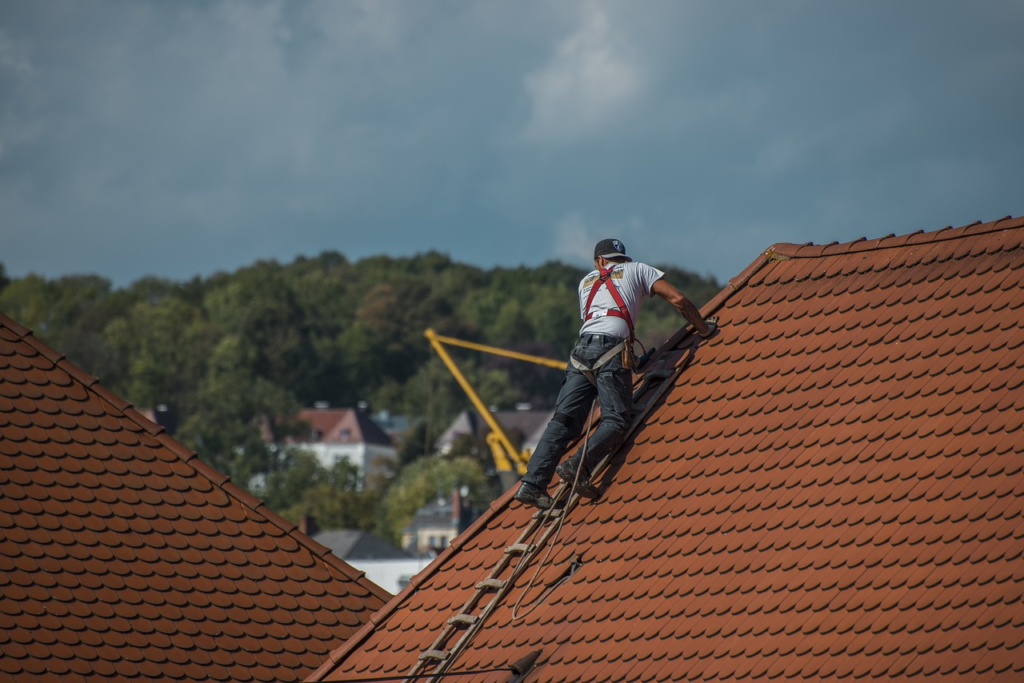Daily routines can feel repetitive, and that’s true in every stage of life. Some people who move into assisted living communities want to stay connected to all the things they enjoyed outside those walls, while others want to explore something new. A few might not know where to direct their time and energy. Online platforms that let people share creative works have taken off, which raises questions about how that kind of outlet could fit into assisted living. Maybe it’s a way to stay in touch with relatives who love to follow a hobby, or maybe it’s a new way to expand the mind by posting poems, short stories, or random sketches that somebody wants to see. People living in places that offer supportive care often look for experiences that give them a renewed sense of purpose.
Some websites open up a space to showcase your imagination, and that might involve writing articles on lifestyle topics, creating reviews of games, or even posting tips on home improvements. It seems like an odd connection at first, but the broader idea is about capturing ideas, collecting them in one spot, then sharing them with whoever stops by. That’s enough to spark the curiosity of older adults who’ve got plenty of life stories and insights to share.
Many seniors enjoy telling stories about what life was like decades ago, and there’s a good chance others on certain online platforms want to read those stories. A retiree who’s in assisted living can describe how cooking was done before modern kitchen gadgets came along, or offer reflections on how small-town sports events used to rally entire communities. That person can do it in print or through photos, even short videos. One platform might focus on travel and hidden gems around the world, another on local flair and fast payouts for certain online experiences, and another on do-it-yourself projects for homeowners. There’s always a place for new voices.
Research shows that seniors who engage in creative pursuits feel less stressed. That matches the words of Larry Wilson, MD, a geriatric doctor and a Certified Senior Advisor at Mirador Living, who once said, “Seniors who channel creative energy often see a decrease in stress and a boost in overall morale.” That boost arises from a sense of connection and community support. People see that sense of belonging as vital. Technology helps with bridging miles between families, but it also opens a path for folks to meet strangers who share the same sense of humor, the same love for gardening, or the same nostalgic memories of old movies. Creativity isn’t limited to younger adults. It shapes happiness for anyone who leaps in. Many assisted living communities encourage activities like arts and crafts, but those can feel small in scope. Online sharing pulls experiences out of small pockets and puts them into a place anyone can visit.
Some older adults hesitate when it comes to trying online platforms. They might say they’re not “tech-savvy,” so they’re worried about making mistakes. Loved ones can help with a small introduction. A grandchild might sit down with them, open a website that hosts a variety of stories about entertainment, technology, or even finance, and say, “Let’s upload that photo album you took when you traveled across the country in the 1970s.” That little step can lead to more. A week later, they might post a new piece of writing about that adorable stray dog they rescued years ago. Experiences become a conversation piece with friends at the dining table, so it all becomes quite social.
Some prefer quick bursts of expression. They might just post short quotes that made a difference in their life, or little reflections like “I remember the smell of fresh bread every morning at my parents’ bakery.” Others go on to write full-length pieces that span multiple paragraphs, diving into the historical details they recall. Both approaches work. This blend of short and long writing mirrors everyday speech. It’s fine to write one-liners sometimes and then get a bit wordy. That’s part of the fun. Assisted living can be a place to try those different lengths, discover preferences, and see how folks respond.
Communities often provide group activities that keep residents occupied, but that doesn’t mean there aren’t quiet moments. People might watch TV in their rooms, but that’s a passive experience. Posting stories or looking at others’ posts turns that precious quiet time into a chance to engage with a broader world. There’s something about the creative act of writing or snapping a photo that’s stimulating. It reminds seniors that they can still produce meaningful things, and that’s valuable for mental health. They speak up, they’re heard, they might get encouraging comments from a reader who says, “This brought back childhood memories for me.” That spark of feedback can be uplifting.
Physical challenges sometimes make a hobby more difficult. Some older adults might have limited mobility or shortness of breath, so walking around for hours to do an active hobby just isn’t in the cards. Online projects become a practical alternative. It’s possible to sit on a comfortable chair, hold a tablet or phone, and pour thoughts into a post. Then, once that piece is up, it’s out there for any other interested soul to see. That feedback loop fosters a sense of productivity. People who read it can relate or even answer back, so friendships aren’t confined to the building. The joy of that simple discovery, that strangers might be grateful for the time spent uploading a personal memory, helps tear down the feeling of isolation.
Creativity doesn’t have to revolve around writing. Some older adults love to paint. If the painting is scanned or photographed, the next stop can be an online gallery. Others craft poems that fit into a new music composition. Someone else might review the local sports scene or share a short commentary on the changing styles of cooking. The range of activities is wide, and there’s always a niche available. One platform might lean more toward tech-savvy groups who build innovative devices for labs, while another might have members who craft do-it-yourself stories about home renovation. A senior who already learned a lot about those topics over the years might showcase those lessons in a forum or a blog entry.
There are times when a person in assisted living just feels like giving up on new ventures. Reading about a lively bunch of folks who post content on a site that covers many lifestyle and entertainment topics can spark fresh enthusiasm. They see that variety is possible, and that’s the moment they realize they can still put their own stamp on something. They don’t have to get locked into one style. They can start off by just describing old memories, then maybe move on to sharing newfound interests. They might see an article about science tools or some fresh approach to bail bonds or even creative ways to update a home. That variety punctures the idea that any subject is off-limits. It all ties into the feeling of personal growth that can persist at any age.
People don’t stop learning when they move into assisted living. They find new ways to engage with the world, and sometimes that arrives in digital form. Sharing creative projects online transforms a quiet day into a burst of expression. It also brings people together. They reminisce, they discover, and they realize they can make a difference by passing their experiences on, whether those experiences are playful, practical, or deeply nostalgic.
That’s why a platform dedicated to all kinds of storytelling can serve as a great companion for seniors. It helps them stay in the loop, show their creative spark, and communicate with friends, family, and strangers who appreciate fresh viewpoints. Memory fades sometimes, but stories hold on to life’s essence. Seniors can store those stories in a place that outlives a single conversation, and that’s an exciting form of connection for anyone who wants to keep living a thriving life in assisted living.




